The stone arch and ceiling stem from a building from the 18th century. There was a bakery here with ovens that were probably located outside. Two of these ovens still exist. However, today they can be found in the library (deactivated) and in the garden (in the original form).
The til (stinkwood) and the Laurel Forest (Laurissilva)
The foot of the table is half the trunk of an old til (Ocotea foetens), a tree species that is one of the three character species (Barbusano, Til (Stinkwood), and Vinhático (Madeira mahogany)) of Madeira’s Laurissilva forest.
The demijohns and the Madeira wine
The Malvasia grape variety was introduced with the first settlement, and the first export, was to the court of François I, King of France. Wine still had a minor economic importance, because until the first half of the 16th century, Madeira was mainly one of the most important markets for Atlantic sugar.
Tablecloth with Madeiran embroidery
Madeiran embroidery, traditionally produced for personal use of noble ladies since the 15th century, gained importance for the island’s economy in the second half of the 19th century.
In the heart of …
Located in the heart of Funchal, between the “city of sugar” and the “city of wine”, Castanheiro Boutique Hotel was created from five buildings from different centuries (18th, 19th and 20th). Several businesses operated there: a bakery, a printers’ shop, an embroidery house, a pastry shop.
Our Logo
The logo of our hotel represents a chestnut tree (Castanea sativa, “castanheiro” in Portuguese), a traditional tree in Madeira’s rural landscape, which has been grown here since the beginning of the settlement of the island (in the 15th century).
Test 2
(Português) Lorem ipsum dolor sit amet, consectetur adipiscing elit. Ut elit tellus, luctus nec ullamcorper mattis, pulvinar dapibus leo.

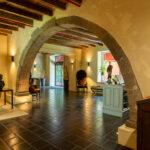
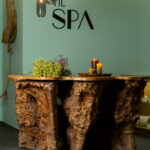
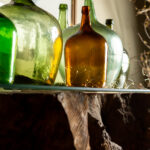
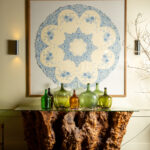

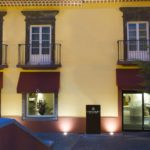

 Português
Português